Storage Tips
- Home
- Storage Tips
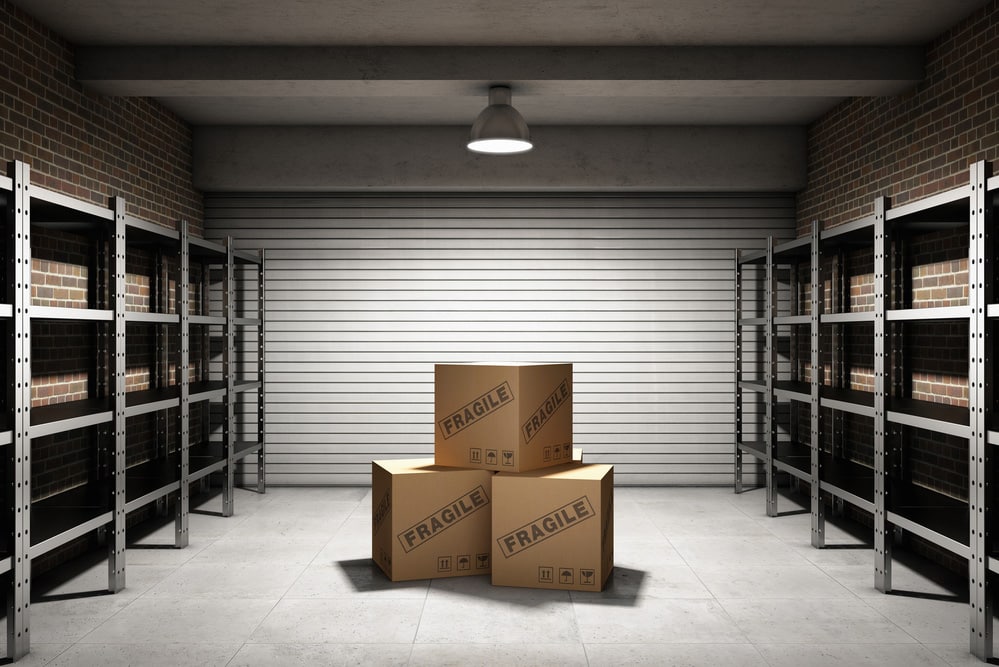
Self Storage is Convenient
Self Storage is a convenient, safe, and inexpensive way to store your belongings. Ask the storage consultant to help you choose a space size that fits your needs because rental of storage space is determined by the total size of the items being stored. An efficiently packed small space will cost less than a larger space. If you frequently use the space, a larger space, well organized (racks and file boxes), may be more convenient.
Ask for a written agreement
For your protection, a storage facility provides a written agreement. Read it thoroughly and ask the storage consultant to answer your questions. Make note of your payment date to see if the agreement covers prorated rental periods. Also, find out how and when you security deposit is refunded or forfeited upon termination of the agreement. If you change your address or phone number, be sure to notify the storage facility in writing.


Ask for names of insurers
The goods you place in self storage spaces are the sole responsibility of you, their owner. Goods are not insured by the storage facility. Ask your insurance company to provide information on coverage options for your goods
Know what you can store
Common sense and state laws determine what may be stored. You alone control access to your storage space; therefore, never store live animals, perishables, liquids, explosives, flammable liquids and fuels, toxic materials, or other items that need a controlled environment. Remember to drain the fuel from gasoline engines before storage.
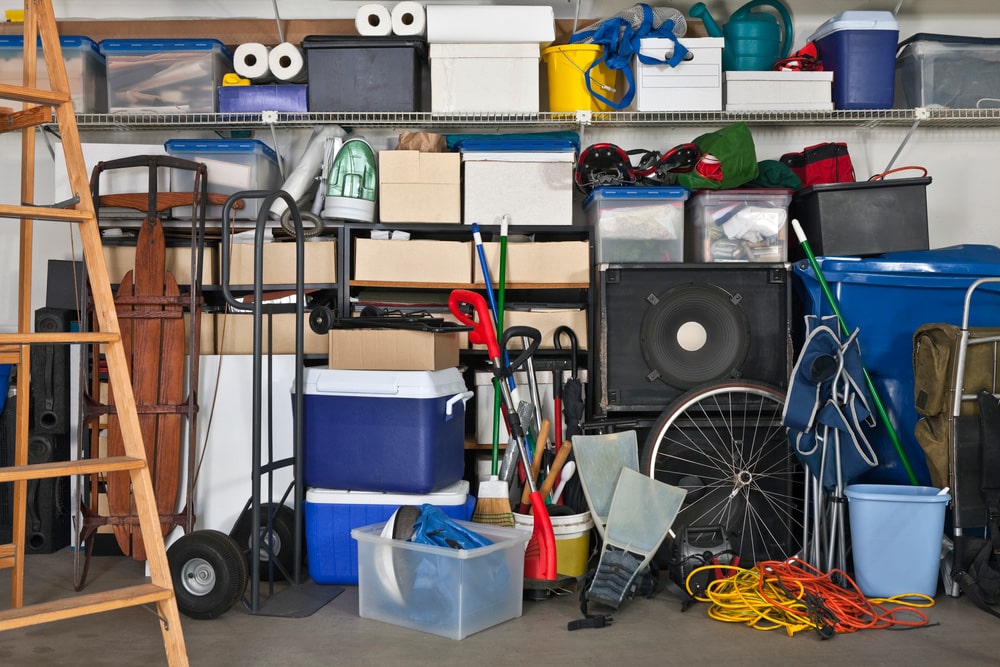
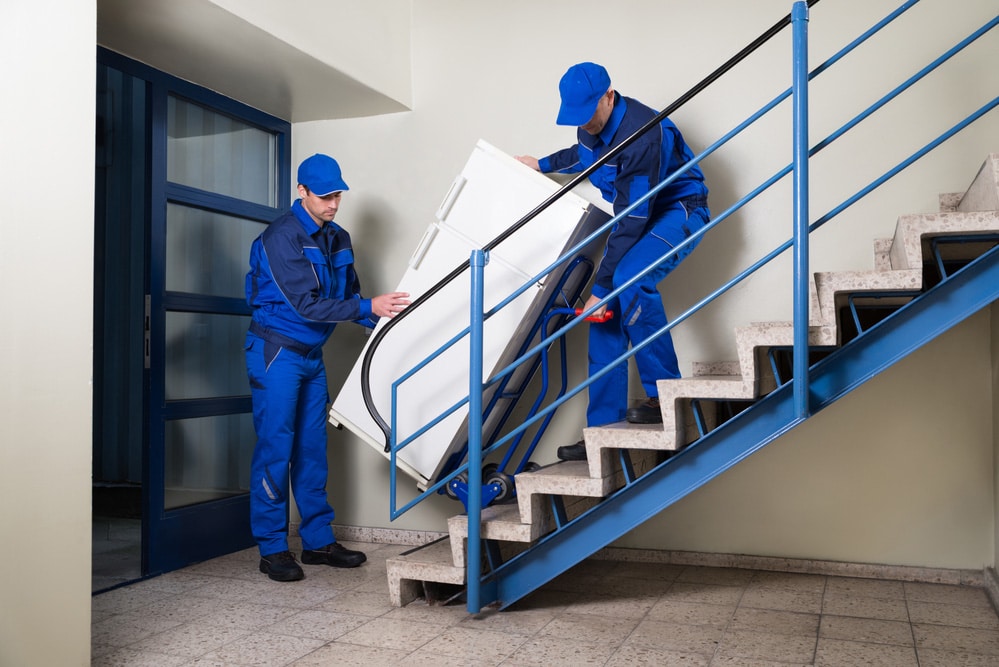
Storing appliances
APPLIANCES: A refrigerator or freezer should be thoroughly dry and stored with its door slightly ajar. Some goods can be stored inside large appliances and boxes can be stacked on top of stoves, refrigerators, and freezers. Make sure that stoves and cooking equipment are cleaned before they are stored.
Storing furnitures
FURNITURES: Place a pallet, corrugated cardboard mat, or plastic sheet on the floor and stand sofas and mattresses on end. Disassemble beds and tables and wrap table legs in paper. If a table will not disassemble, place padding and the floor and place the table on its top with the legs pointing up. Use dresser tops for stacking cartons and dresser drawers for linens or small,delicate items. Keep upholstery off the floor. Most lightweight chairs can be stacked “seat to seat” or placed upside down on tables which cannot be disassembled. Finally, place a light cotton (e.g. a bedsheet) dust cover on your furniture. Some facilities sell covers for your convenience.
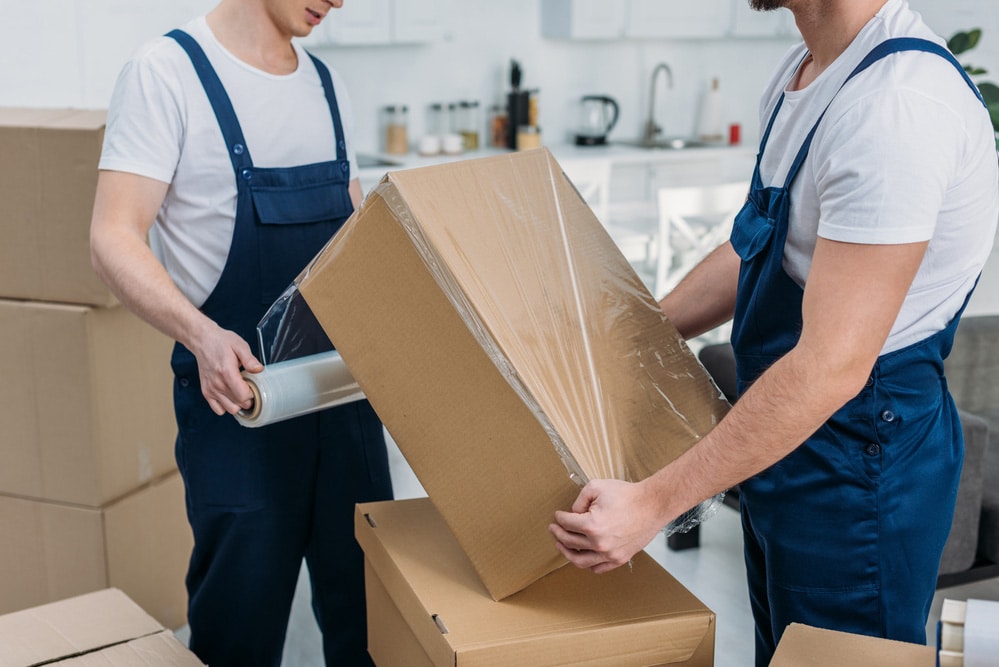
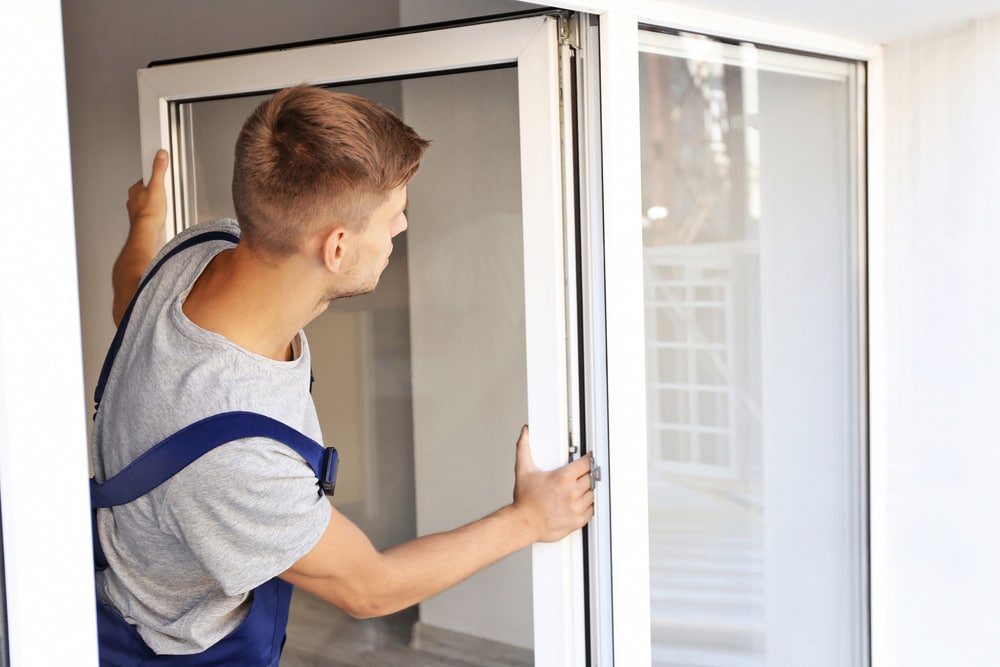
Mirrors, Windows, and Screens
MIRRORS, WINDOWS AND SCREENS: These items should be stored on edge, not flat.
Locally owned and operated with over 30 years of successful experience in the storage business
A-1 Self Storage Locations
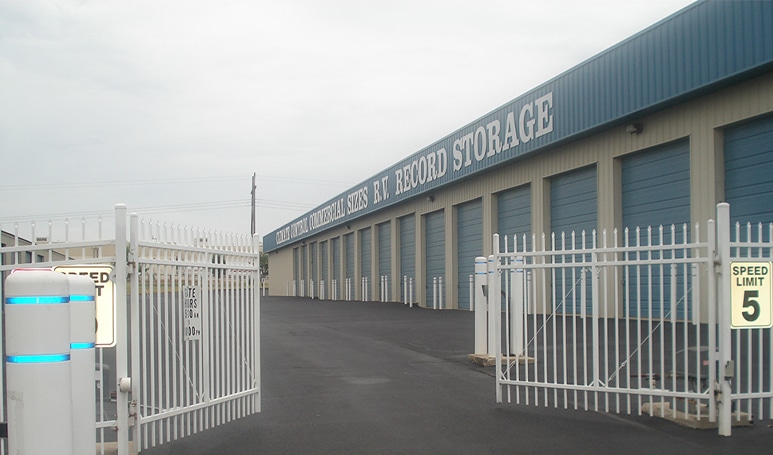
A-1 West Self Storage
1730 W. Erie, Springfield, MO 65807
(1 block south of Battlefield)
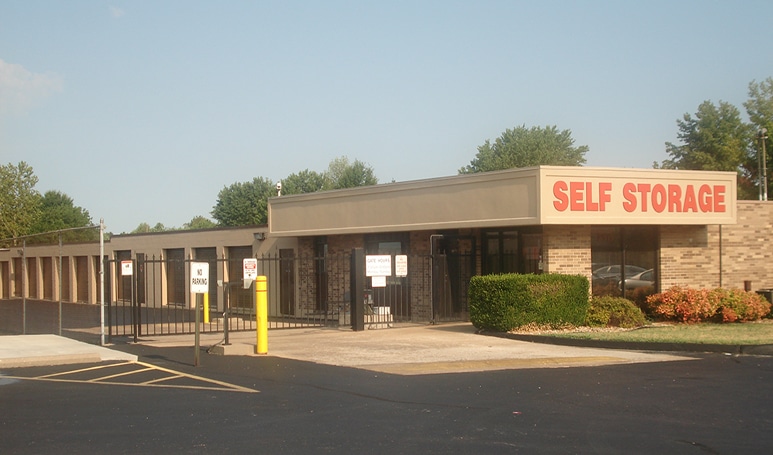
A-1 South Self Storage
2915 S. National, Springfield, MO 65804
(1 block west of the Battlefield Mall)
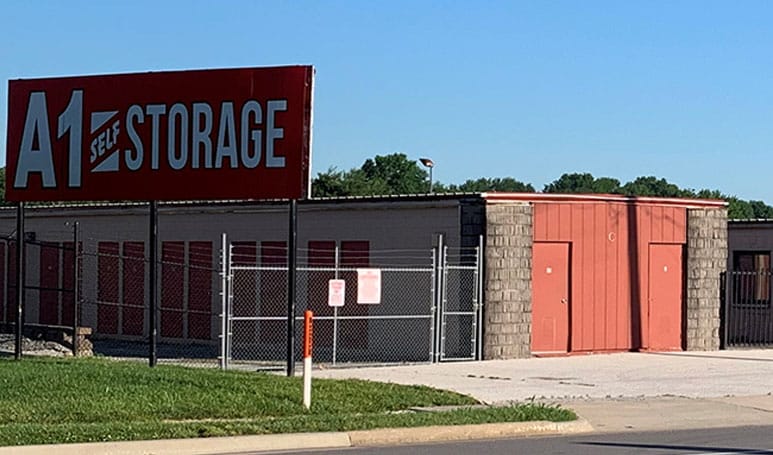
A-1 Chestnut Self Storage
2873 E. Chestnut Expressway, Springfield, MO 65802 (two blocks west of the 65 by-pass)


